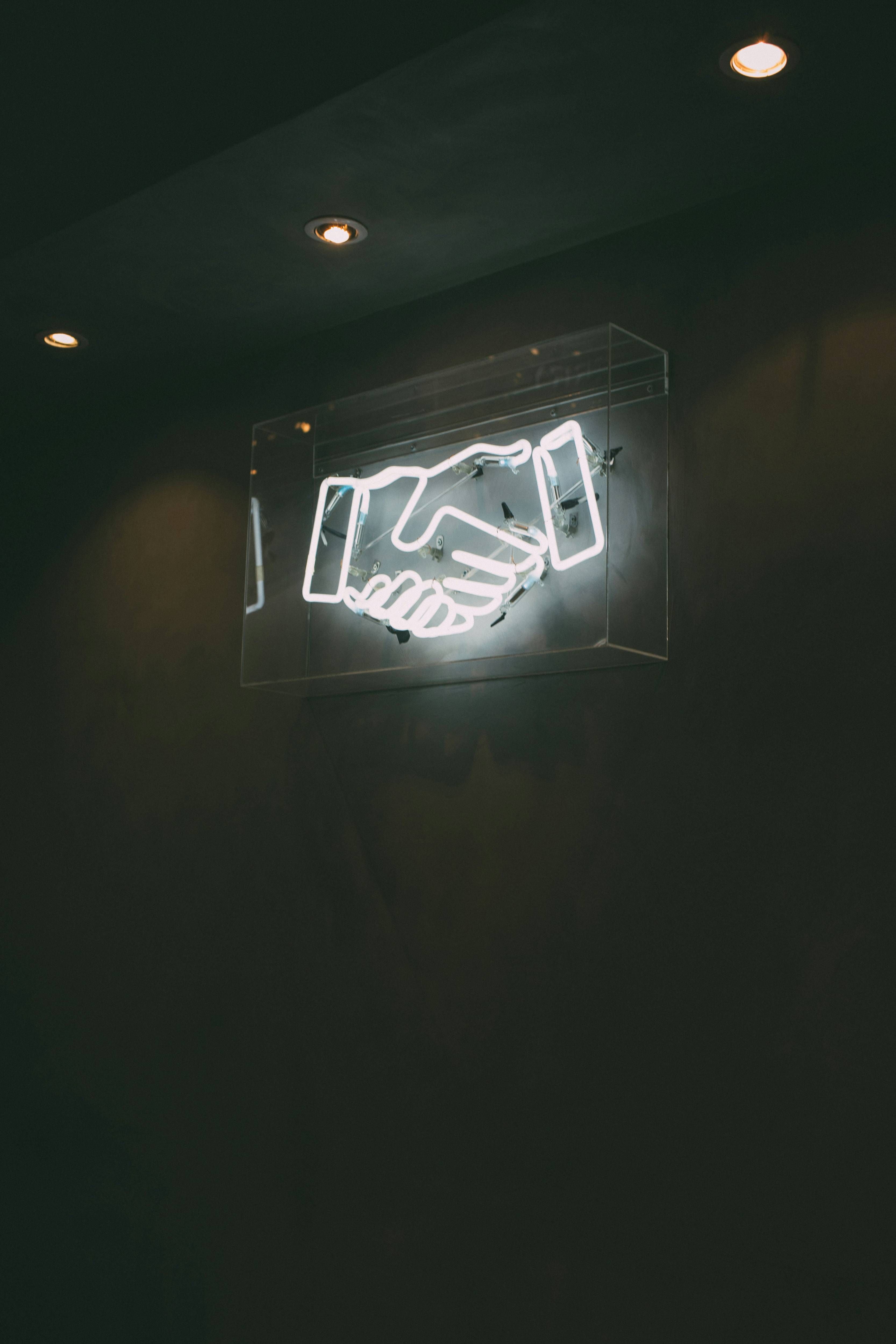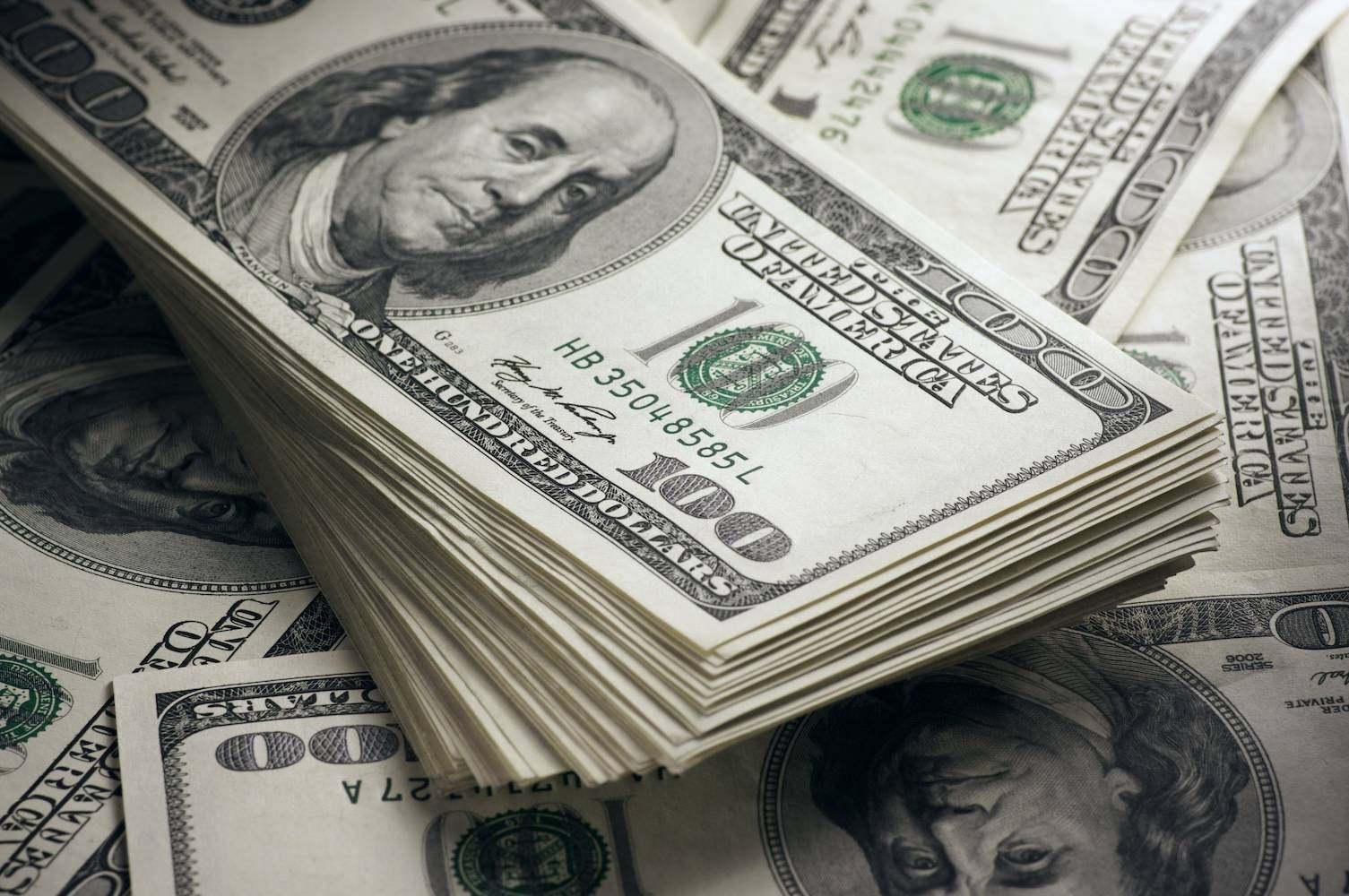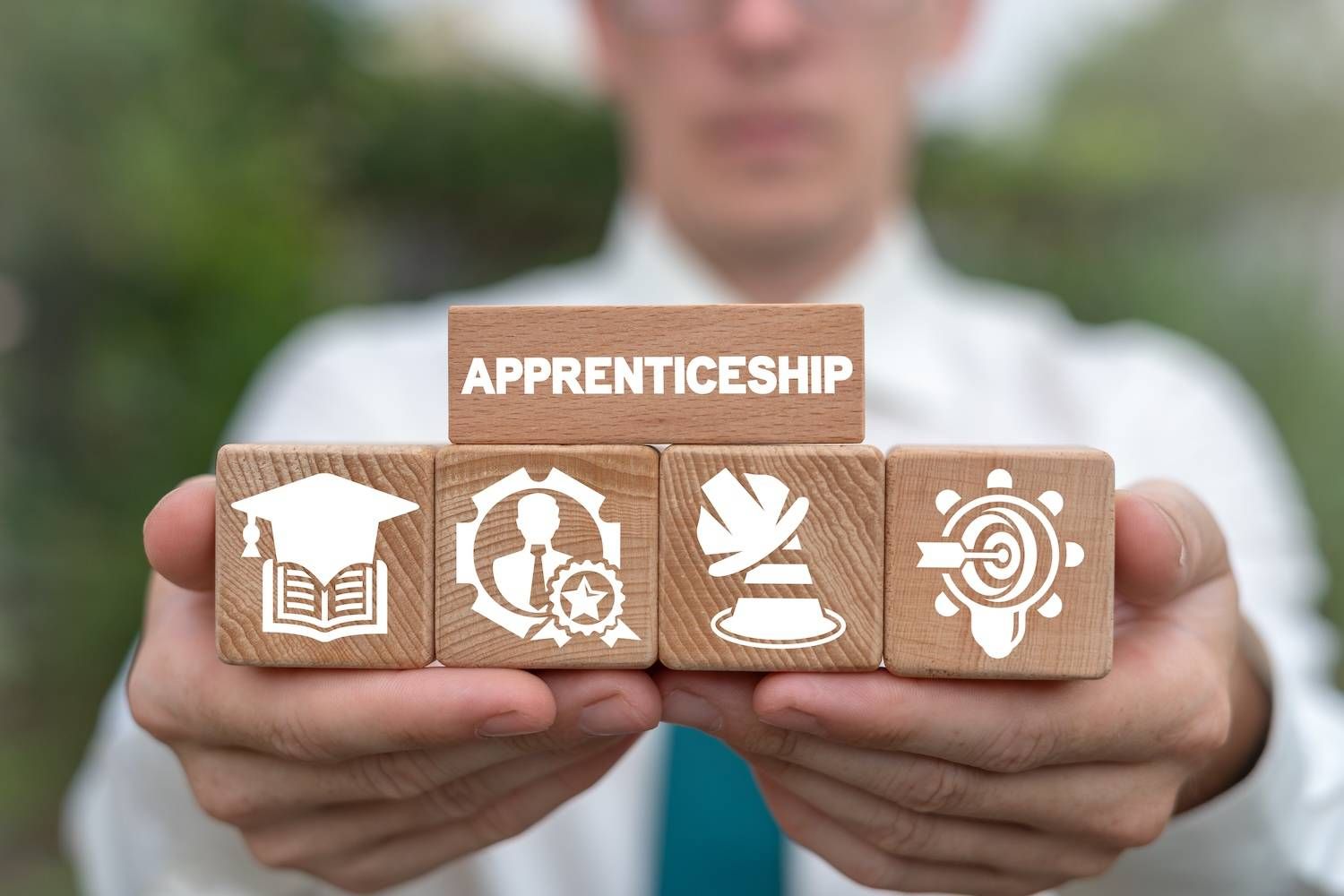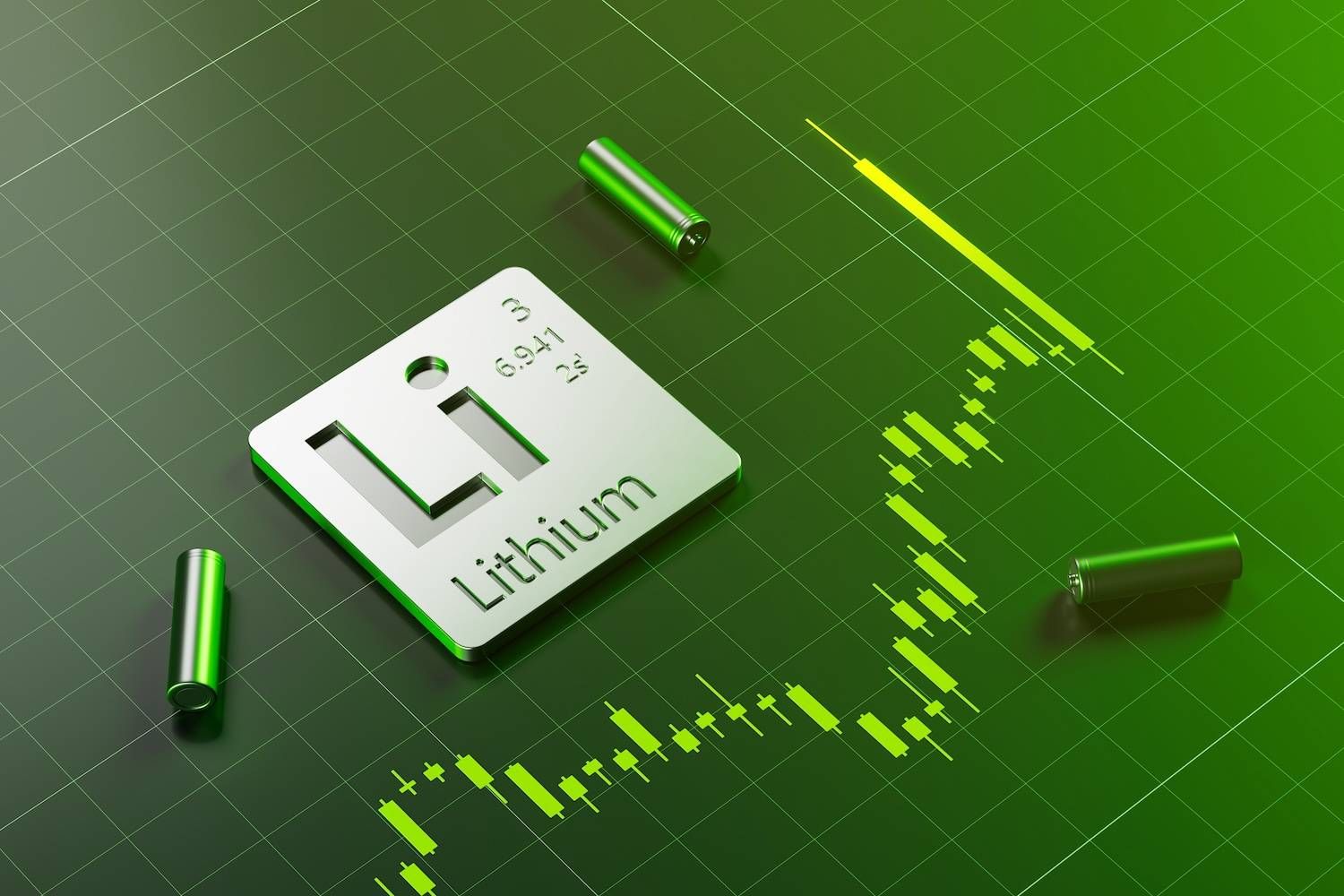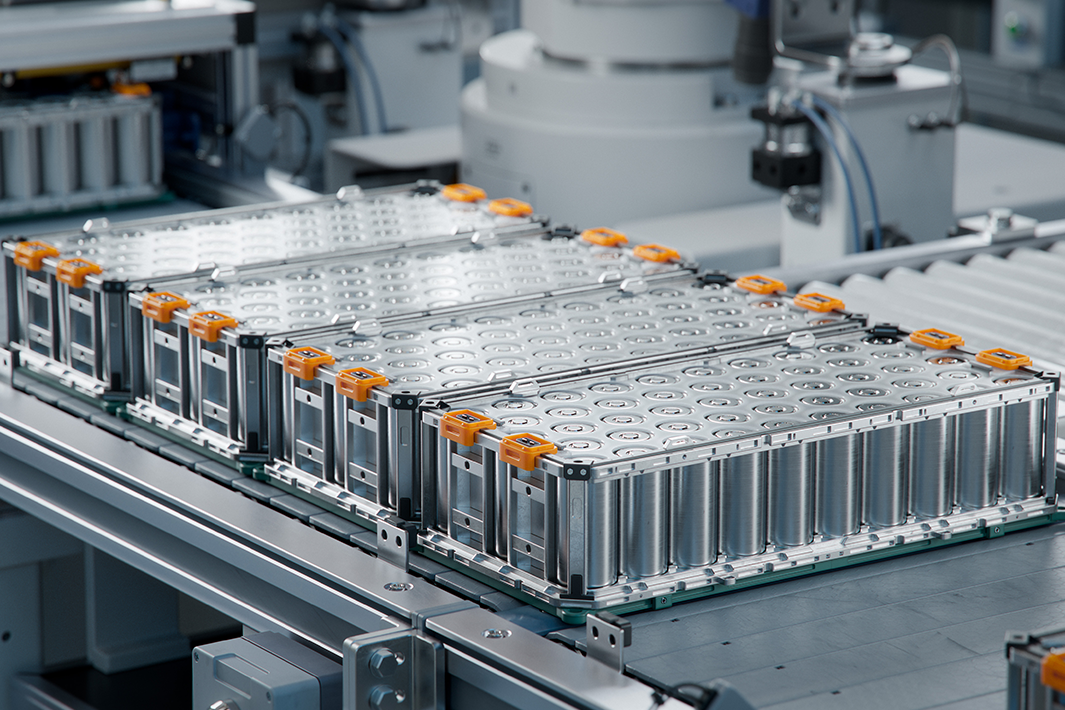
April 22, 2024
Oceana Lithium Limited (ASX: OCN, “Oceana” or “the Company”) is pleased to present its activities report for the March 2024 quarter.
Highlights
Solonópole Project, Ceará, Brazil
- Anomalous lithium values above 100 ppm (and up to 631 ppm) found in 383 soil samples within existing and new target areas.
- Integration and interpretation of these soil sample results with data from geophysics, geological mapping (138 line-km), trenching and RC drilling (~2,000m) further enhance prospectivity of existing and new targets.
- Combined datasets confirmed several swarms of pegmatite bodies striking in a NE-SW and E-W directions and identified new high priority areas.
- Nira interpreted to be the most prospective new target, with 180 soil samples of >100 ppm Li and as high as 524 ppm Li covering an area of at least 1km2.
- Nira also features 17 pegmatite outcrops with average widths of up to 30 meters and strike lengths from 200m to 600m.
- Planning for the next follow-up drilling campaign is underway.
Napperby Project, Northern Territory, Australia
- Oceana’s Napperby Project covers some of Arunta Province’s hottest granites plutons, the Wangala Granite (uranium) and Ennugan Mountains Granite (uranium/thorium).
- Both granite plutons show outstanding uranium/thorium ratios and are almost fully encapsulated within Napperby’s EL32836 and ELA32841.
- Follow-up exploration activities will target uranium and Rare Earth Elements (REEs) in parallel with Lithium-Caesium-Tantalum (LCT) pegmatites.
Corporate
- Experienced geologist and mining executive, Aidan Platel, appointed as non- executive director.
- Brazilian-based geologist, Mike Sousa, appointed as Exploration Manager and Competent Person.
- The Company remains well-funded with cash at 31 March of ~$2.67m.
OPERATIONS
Solonópole Project, Ceará State, Brazil
The Solonópole Project area is located in the state of Ceará, north-eastern Brazil and consists of ten (10) exploration permits covering approximately 124km2 (Figure 1), owned by Oceana’s subsidiary Ceará Litio. The project is approximately three to four hours by road from the state capital Fortaleza and deep-water port of Pecém, and is well serviced by sealed highways and high voltage electricity.
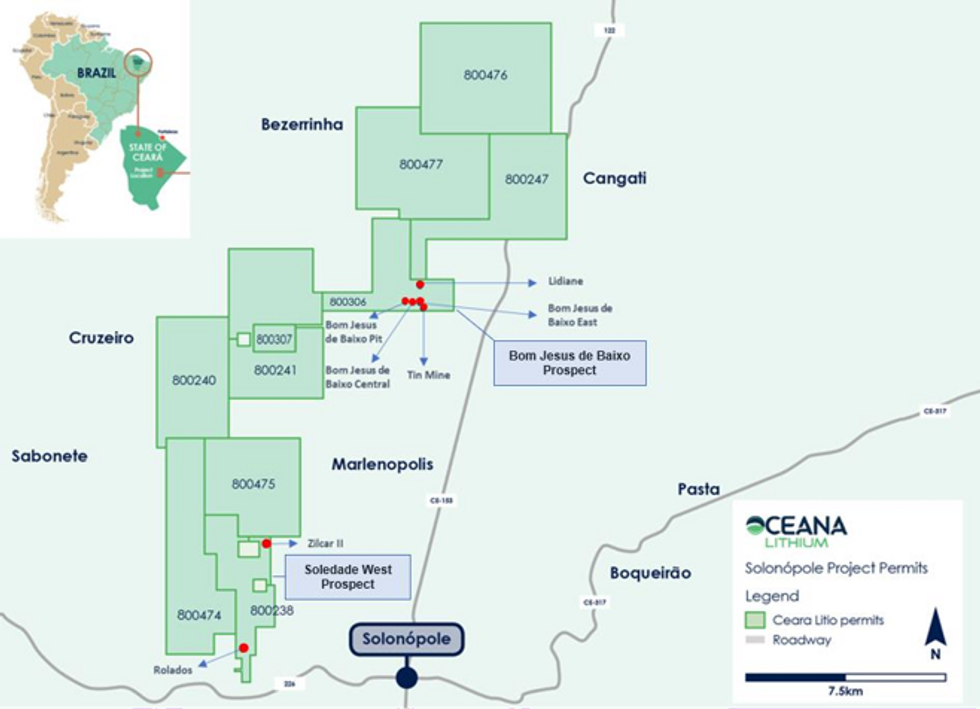
Large-Scale Soil Sampling and Geological Mapping at Solonópole Lithium Project
The large-scale infill soil sampling program that commenced in March 2023 continued over the project area (Figure 2). The optimized sampling grids are along 200m spaced lines with 25m sampling stations, aligned north south to cut across all typical pegmatite strike directions in this area.
As at 31 March 2024, over 10,300 soil samples had been collected from Solonópole and 8,741 soil samples had been analysed by X-Ray Fluorescence (XRF) for Lithium-Caesium-Tantalum (LCT) pathfinders, of which 1,908 soil samples have lab results validated by Oceana´s internal QA/QC. Anomalous lithium values above 100 ppm and up to 631 ppm were found in 383 soil samples within existing and new target areas.
Click here for the full ASX Release
This article includes content from Oceana Lithium, licensed for the purpose of publishing on Investing News Australia. This article does not constitute financial product advice. It is your responsibility to perform proper due diligence before acting upon any information provided here. Please refer to our full disclaimer here.
OCN:AU
The Conversation (0)
12 March 2024
Oceana Lithium
Large-scale, highly prospective, pre-discovery projects in Brazil and Australia
Large-scale, highly prospective, pre-discovery projects in Brazil and Australia Keep Reading...
29 December 2025
SQM, Codelco Seal Landmark Lithium Joint Venture in Salar de Atacama
Sociedad Quimica y Minera (SQM) (NYSE:SQM) and Codelco have finalized their long-awaited partnership, forming a new joint venture that will oversee lithium production in Chile’s Salar de Atacama through 2060.SQM announced on Saturday (December 27) that it has completed its strategic partnership... Keep Reading...
24 December 2025
Altius Minerals to Expand Portfolio with C$520 Million Lithium Royalty Deal
Altius Minerals (TSX:ALS,OTCQX:ATUSF) is making a bet on a lithium market recovery, agreeing to acquire Lithium Royalty (TSX:LIRC) in a C$520 million deal that will expand its exposure to battery metals.Under a definitive agreement announced by the two companies on Monday (December 22), Altius... Keep Reading...
23 December 2025
Liontown's First Tjiwarl Member Completes Apprenticeship at Kathleen Valley
Liontown (ASX:LTR,OTC Pink:LINRF) has reached a milestone at its Kathleen Valley operations, with Vaughan Harris becoming the first Tjiwarl community member to complete an apprenticeship with the company.“Being the first Tjiwarl apprentice to complete an apprenticeship here at Liontown feels... Keep Reading...
22 December 2025
Lithium Market 2025 Year-End Review
The global lithium market endured a bruising 2025, with persistent oversupply and softer-than-expected electric vehicle (EV) demand driving prices for the battery metal to multi-year lows.Lithium carbonate prices in North Asia slipped below US$9,550 per metric ton in February — their weakest... Keep Reading...
11 December 2025
Mining the Gap: 5 Forces Shaping North America’s Lithium Supply Chain
A convergence of industry investments, government initiatives and a shifting global trade dynamic is creating an environment ripe for the development of a North American battery supply chain, with lithium playing a leading role. These trends are reshaping the region’s industrial base and opening... Keep Reading...
10 December 2025
Rock Bottom: Strategic Window for Ground-level Lithium Investment
When lithium prices hit bottom, savvy investors know that’s exactly where the next big discovery begins — literally. Beneath the surface of global markets and remote exploration grounds, new opportunities are forming in the wake of a sharp price reset and renewed geopolitical urgency.Recent... Keep Reading...
Latest News
Interactive Chart
Latest Press Releases
Westport Announces Board of Directors Update
02 January
Related News
TOP STOCKS
American Battery4.030.24
Aion Therapeutic0.10-0.01
Cybin Corp2.140.00

